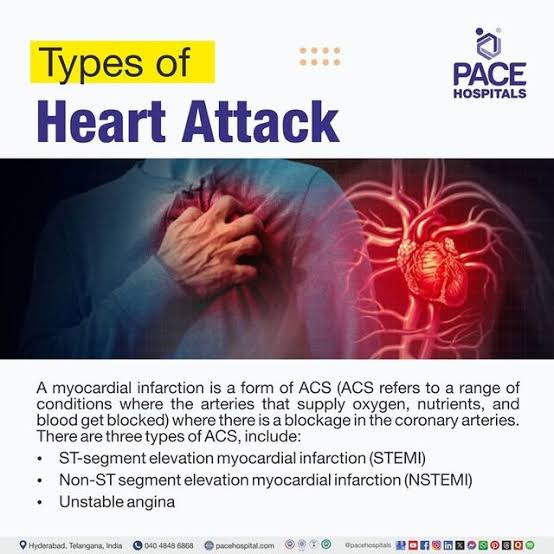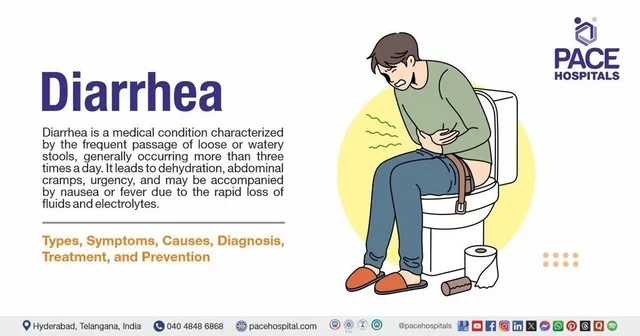
Discover the key symptoms of heart disease and learn which heart conditions are considered the most dangerous
What Are the Symptoms of Heart Diseases?
Heart diseases don’t always show obvious signs at first, but common symptoms include:
Chest pain or discomfort (pressure, squeezing, or heaviness in the chest).
Shortness of breath during activity or at rest.
Fatigue and weakness—feeling unusually tired with little effort.
Palpitations (fast, irregular, or pounding heartbeat).
Swelling in legs, ankles, or feet due to fluid buildup.
Dizziness or fainting (caused by reduced blood flow to the brain).
Cold sweats or nausea, especially with chest discomfort.
Symptoms can differ between men and women. Women, for example, may feel more subtle signs like fatigue, indigestion-like discomfort, or jaw/back pain during a heart attack.
What Are the Most Dangerous Heart Diseases?
Some heart conditions are more life-threatening because they can lead to sudden complications or organ failure:
Coronary Artery Disease (CAD)
The most common and deadly heart disease.
Caused by plaque buildup in arteries, reducing blood flow to the heart.
Can trigger heart attacks.
Heart Attack (Myocardial Infarction)
Occurs when blood flow to part of the heart is blocked.
Immediate emergency—can cause permanent damage or death.
Heart Failure
The heart becomes too weak to pump blood effectively.
Leads to fatigue, breathlessness, and fluid buildup.
Arrhythmias (Irregular Heartbeats)
Some irregular rhythms, like ventricular fibrillation, can cause sudden cardiac arrest if not treated immediately.
Cardiomyopathy
Disease of the heart muscle that makes it harder for the heart to pump blood.
Can cause heart failure or dangerous arrhythmias.
Congenital Heart Diseases
Structural heart defects present at birth.
Severity ranges from mild to life-threatening.
When to Seek Medical Help
Seek emergency care if you experience:
Sudden chest pain or pressure
Shortness of breath
Fainting or severe dizziness
Fast or irregular heartbeat
Early diagnosis and lifestyle changes (healthy diet, exercise, no smoking, stress control) can significantly reduce risks.
Key Takeaway
The symptoms of heart diseases often include chest pain, shortness of breath, fatigue, and irregular heartbeat. The most dangerous types are coronary artery disease, heart attack, heart failure, and severe arrhythmias. Recognizing symptoms early and getting medical care can save lives.






